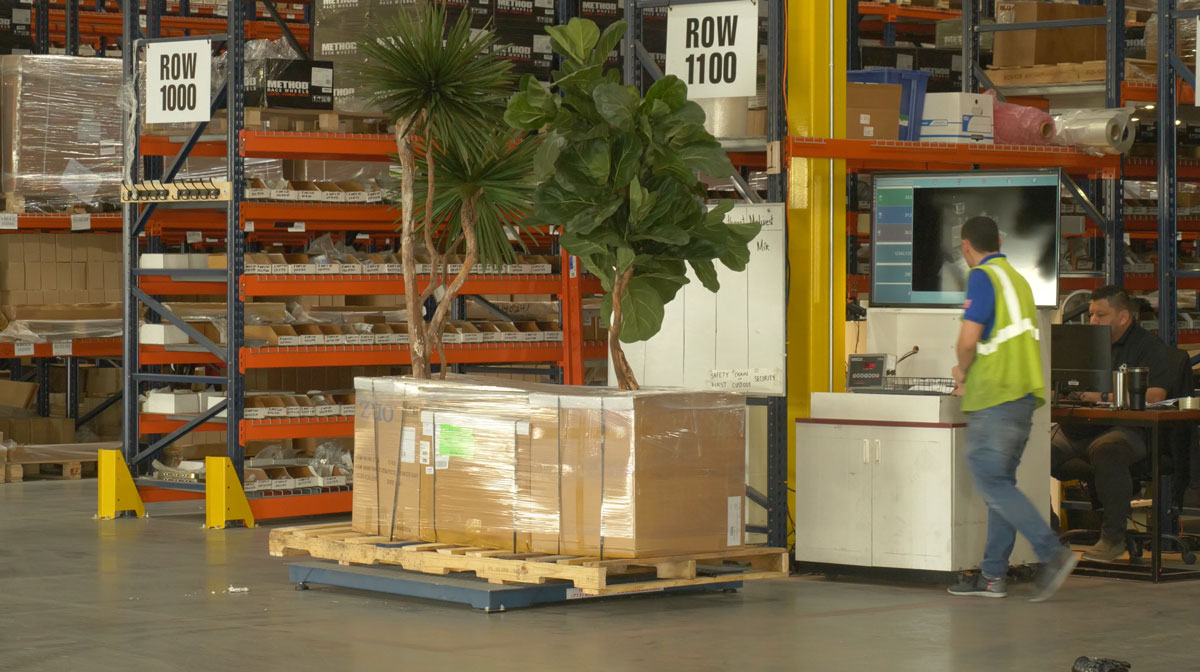In today’s fast-paced logistics environment, accuracy and efficiency are non-negotiable. One crucial innovation driving this transformation is the dimensioning system—a technology designed to automate and optimize the process of cargo dimensioning. Whether it’s warehouse management, freight billing, or inventory optimization, precise measurement of cargo dimensions is central to streamlining operations and reducing costly errors.
What Is a Dimensioning System?
A dimensioning system is an automated technology that captures the weight and size of objects—typically freight, pallets, or parcels—using advanced sensors, cameras, and 3D scanning tools. These systems provide accurate dimensional data in real time, removing the need for manual measurement and drastically reducing human error.
Dimensioning systems are increasingly integrated with warehouse management systems (WMS), transportation management systems (TMS), and billing platforms to ensure seamless data transfer and operational transparency.
Why Is Cargo Dimensioning Important?
Cargo dimensioning is essential for optimizing space, calculating shipping costs, and improving workflow efficiency. Here’s why it matters:
1. Accurate Freight Billing
Shipping charges are often calculated based on dimensional weight (DIM weight). Incorrect cargo measurements can result in revenue loss or disputes. Dimensioning systems ensure the data is accurate and defensible.
2. Warehouse Space Optimization
With real-time data on cargo size and volume, warehouses can plan space more effectively, reducing clutter and maximizing storage capacity.
3. Improved Operational Efficiency
Manual measurement is time-consuming and prone to error. Automated dimensioning speeds up processing, reduces labor costs, and increases throughput.
How Modern Dimensioning Systems Work
Dimensioning systems typically use infrared sensors, laser scanning, or vision-based AI to measure objects. These systems capture:
- Length, width, and height
- Weight (if integrated with scales)
- Barcode or RFID data
- Photographic evidence for verification
Advanced models even offer cloud connectivity, which allows users to store, access, and share cargo dimensioning data across multiple departments or sites.
Key Benefits of Implementing Dimensioning Systems
| Benefit | Description |
| Speed | Reduces measurement time from minutes to seconds |
| Accuracy | Consistent and error-free measurements |
| Scalability | Handles high volumes of shipments |
| Cost Savings | Minimizes overcharges, undercharges, and labor costs |
| Regulatory Compliance | Maintains records for audits and legal documentation |
Frequently Asked Questions
What industries benefit most from dimensioning systems?
Industries like logistics, warehousing, e-commerce, retail, and freight forwarding benefit significantly due to the high volume of shipments and the need for precision.
Can dimensioning systems be integrated with existing logistics software?
Yes, most modern systems offer API integrations with WMS, TMS, ERP, and CRM platforms for seamless data flow.
Are manual measurements still needed?
No, automated dimensioning systems eliminate the need for manual measurements, although some businesses may retain them for backup or verification.
Is cargo dimensioning only for large operations?
Not at all. Even small and medium-sized businesses can realize time and cost efficiencies from implementing a reliable dimensioning system.
Conclusion
As global supply chains grow increasingly complex, businesses cannot afford inefficiencies in handling and shipping goods. Dimensioning systems offer a powerful solution to automate cargo dimensioning, ensuring every package is measured accurately, every time. This not only improves operational productivity but also strengthens billing accuracy, warehouse planning, and customer satisfaction.

